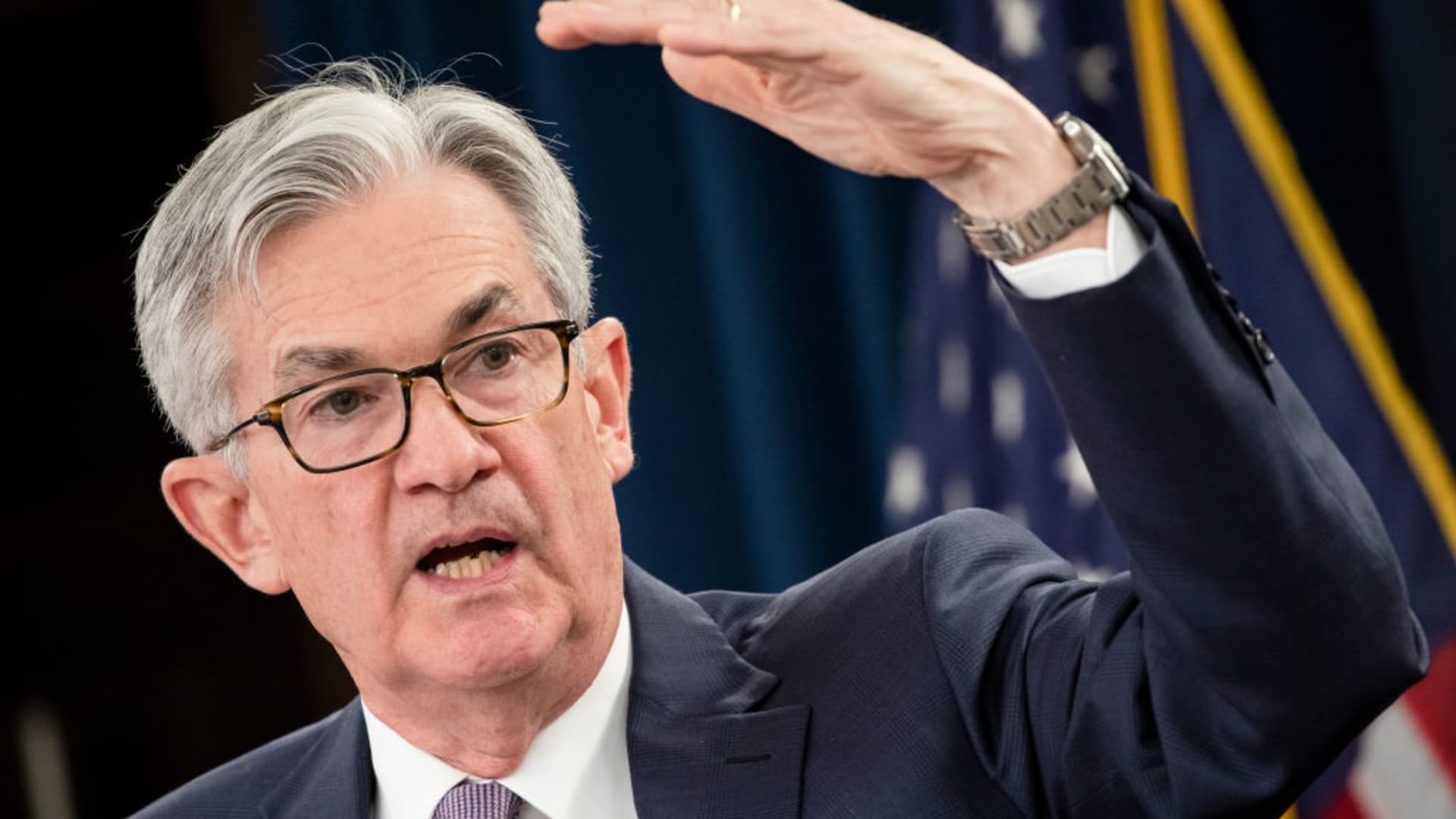[ad_1]
Rising inflation exceeded expectations in June, as the prices for goods and services reached a year-over-year rate of 9.1% — the highest since 1981, according to Labor Department data published Wednesday.
And it doesn’t look like things will improve any time soon, says Sarah House, a senior economist at Wells Fargo. “In recent weeks, gas prices have shown signs of weakening, but we don’t see relief in sight for core prices,” she says.
As with last month, inflation was higher than expected, according to many economists’ estimates. Ahead of the Labor Department’s latest monthly consumer price index report, economists surveyed by Dow Jones anticipated a year-over-year rate of 8.8%.
Roughly half of that increase is from surging energy costs, as the inflation rate for gasoline increased in June by 11.2%, up from a 4.1% increase in May. This is due to a surge in consumer demand during the summer travel season, the conflict in Ukraine and ongoing supply chain issues related to the pandemic, says House.
Core inflation, a measure that excludes typically volatile food and gas prices, remains a concern, too. Core inflation for things like shelter, vehicles and medical care continued to climb steadily, increasing by a rate of 0.7% in June, after rising 0.6% in May.
Here’s how much prices have increased over the past year for certain household goods and services, according to the Labor Department:
- Gas: 59.9%
- Electricity: 13.7%
- Food at home: 12.2%
- New vehicles: 11.4%
- Food away from home: 7.7%
- Used cars and trucks: 7.1%
- Shelter: 5.6%
- Apparel: 5.2%
“While it’s not the Fed’s goal to induce a recession, the only way to slow inflation is to reduce demand” through continued interest rate hikes, says Kurt Rankin, a senior economist at PNC Financial Services Group.
Rate hikes are typically announced by the Fed after Federal Open Market Committee (FOMC) meetings, which happen eight times a year. The next meeting takes place at the end of July. The most recent hike, in June, was 0.75% — the largest increase since 1994.
Unexpectedly high inflation in June means that another 0.75% interest rate hike later in July is almost certain, as Federal Reserve officials have already indicated. While less likely, a 1% hike is at least “on the table” based on June’s inflation numbers, says House.
Interest rate increases have a “cooling” effect on the economy in that they increase the cost of borrowing, which encourages consumers to spend less.
Consumers can expect even higher interest rates for variable-rate loans, credit cards and vehicle financing, says House. Until inflation is under control, “the Fed is going to have to slow consumption” through continued interest rate hikes, says Rankin.
Sign up now: Get smarter about your money and career with our weekly newsletter
Don’t miss: 25-year-old TikTok creator with 7 million followers saves 50% of her income: ‘I don’t touch it’
[ad_2]
Image and article originally from www.cnbc.com. Read the original article here.

